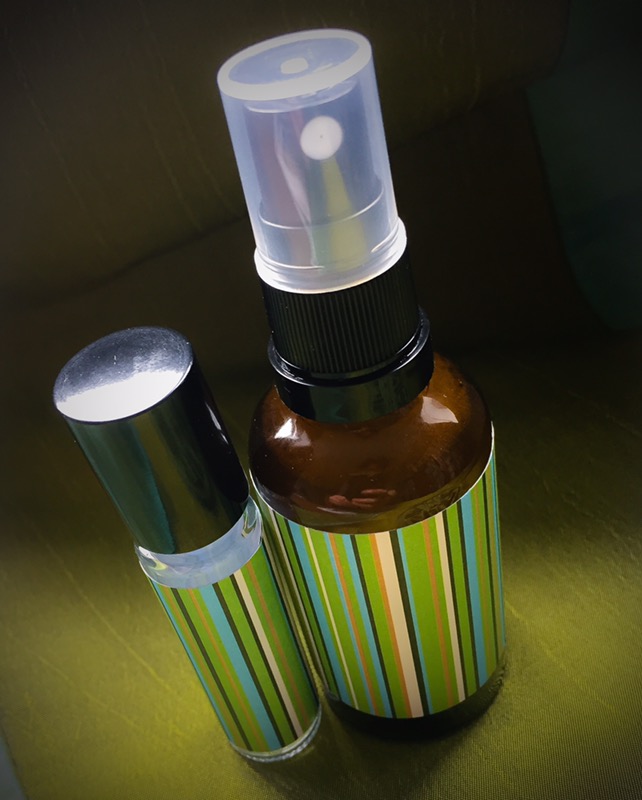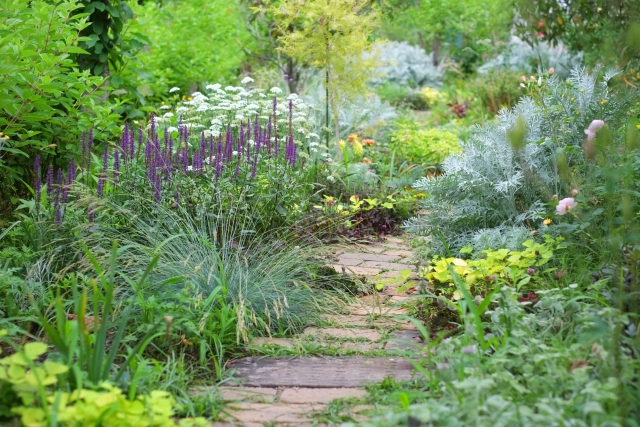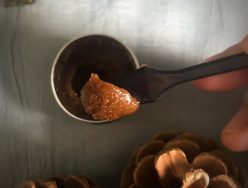Aromatic healing VapoRub for hayfever, dry coughs, sneezing fits and blocked noses
Vick’s VapoRub is a famous medicine for colds that is rubbed on the skin. The words ‘vapour’ and ‘rub’, suggest that the vapour caused by evaporation is an effective agent for taking ingredients into the body. For that reason, it is necessary to keep the active ingredients on the skin for a long time, so that is why Vick’s VapoRub is sold as an ointment.
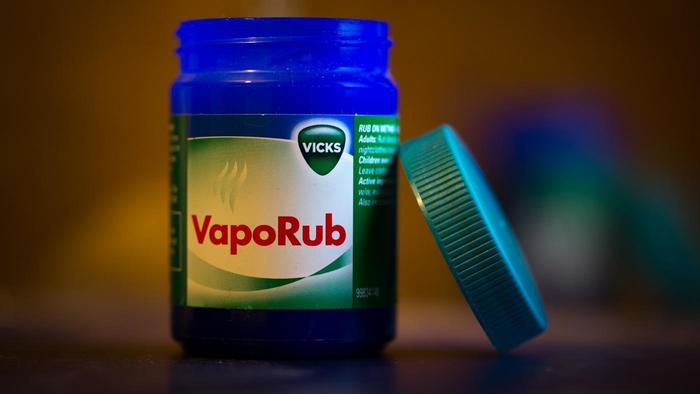
https://www.reference.com/
Let’s create a skin-friendly aromatic vapour rub with essential oils that has a long-lasting effect in the bronchial area! You can use it specifically for hay fever, but it also works on alleviating nasal passage blockages and coughs, so can also be effective for cold symptoms.
Aromatic DIY VapoRub for healing pollinosis
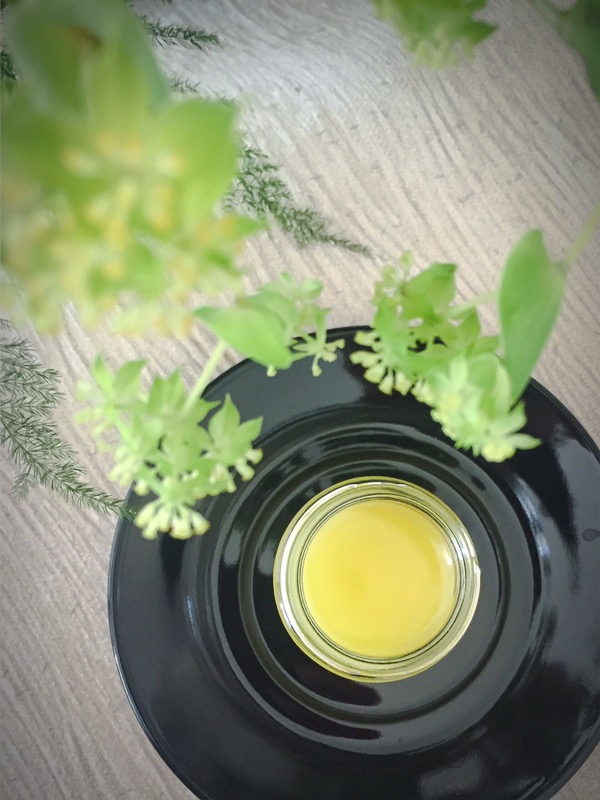
Materials:
- Jojoba Oil (20ml)
- 1/2 teaspoon beeswax
- Essential oils:
- Eucaly Radiota (3 drops)
- Peppermint (1 drop)
- Tea tree (2 drops)
- Spike lavender (2 drops)
- Frankincense (2 drops)
- Pine (2 drops)
- Sandalwood (4 drops)
- Place the Jojoba Oil and beeswax into an aroma pot or into hot water. Mix well until the beeswax is melted.
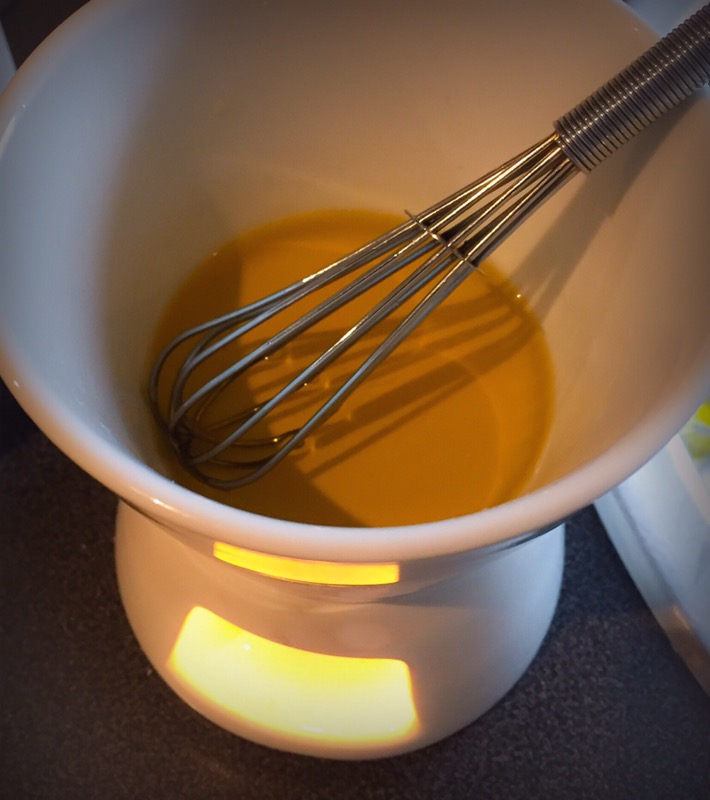
- When the beeswax melts remove from the heat, then add the essential oils and mix well. Put into a container and leave the mix to harden naturally.
This is a balm that relieves allergic symptoms such as runny noses, sneezing, stuffy noses and coughs, and heals discomfort while improving immunity. Like VapoRub, it is also possible to apply it to places such as the chest and nostrils where you can inhale fragrances easily, and rough skin areas caused by hay fever.
Clinical results have been reported that a blended aroma of Ravinsula, Frankincense and Sandalwood worked to alleviate and ameliorate perennial allergic rhinitis: here. (In the paper they mention Ravensara, but from the content of the ingredients the essential oil used in the experiment is probably Ravintsara (Cinnamomum camphora).)
With reference to this blend, I made a combination of other recommended essential oils for hay fever.
In addition, spiked lavender is a nearby species of genuine lavender, and the scientific name is Lavendula latifolia. It features a sharper scent than authentic lavender and contains ingredients such as linalool, 1,8-cineole, camphor and alpha-terpineol, and is used for respiratory diseases and muscle fatigue.




